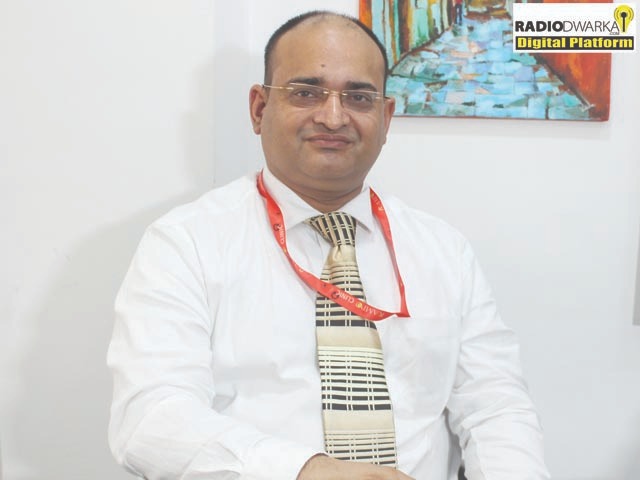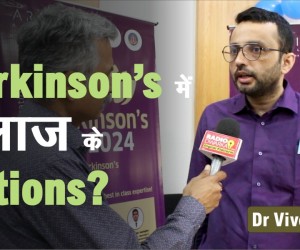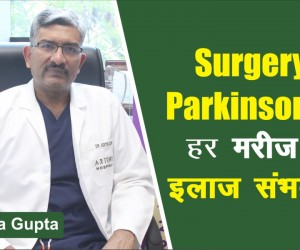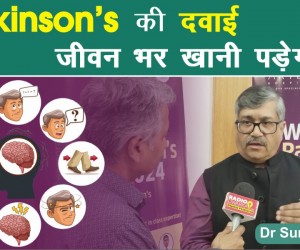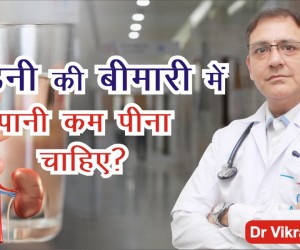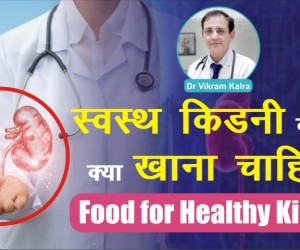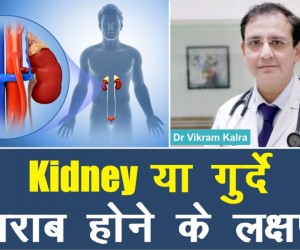walking downtown Delhi and NCR, You will experience thick air and smell badly.
Because it’s foggy most of the time, so the air is thicker and smells bad. These kind of bad air quality affects our nasopharynx (nasal cavity and soft palate), sinuses and respiratory system, and has an effect on our speech and voice as well. Not only that much, air you breathe might be affecting your ears too. Air pollution can cause permanent sensorineural hearing loss. In areas with high air pollution, rates of hearing loss were significantly higher than in areas with low air pollution.
People who were exposed to high levels of nitrogen dioxide and carbon monoxide air pollution were 1.6 times more likely to have hearing loss then people in the low-level pollution area.
These Chemicals in the air harm the cells
Some environmental exposures include powder, fog, dust and chemicals like pesticides.
there have been many studies indicated that environmental factors to increased voice problems and respiratory stress.
What are some examples of air pollutants?
They include ozone, carbon monoxide (from incomplete combustion of fossil fuels), lead, nitrogen dioxide (a major contributor to smog formation), sulfur dioxide and PM10 (a mixture of tiny solids and liquid droplets).
Carbon monoxide, according to Fechter, decreases the amount of oxygen reaching the hair cells in the ears, the cells responsible for converting sound waves into electrical signals sent to the brain.
If chemicals or dust dry the delicate tissue along the vocal tract, you will experience speech and voice symptoms including dry mouth and the inability to retain suppleness. Since breathing chemicals interferes with the blood’s ability to carry oxygen to body tissue (hypoxia), vocal cord dysfunction can occur including difficulty breathing, throat tightness, a choking sensation, an irritated throat, numbness and/or tingling of the mouth and fingers, toes, feet.
If tiny particles lodge in your lungs, it will affect your respiratory function essential for voicing.
What is the solution?
• Start exercising with Spirometer.
• Teleworking helps reduce the number of vehicles on the road. Less driving reduces vehicle emissions.
• Bike: Ride your bicycle to places you would normally drive your car. Enjoy some fresh air and save gas while reducing air pollution.
• Ride Public Transit: Utilize alternate modes of transportation. Consider taking the light rail, bus or vanpool. For information on transportation alternatives, visit Valley Metro
• Carpool: Carpool to as many locations as possible. Riding together decreases the amount of emissions in the air.
• Walk: Walk to nearby locations instead of driving. Increasing the number of steps you take will improve your health.
• Avoid Idling: Avoid the drive-thru and go inside to order your food, coffee or prescriptions. By doing this you will reduce exhaust emissions.
• Fuel After Dark: Hot temperatures and gasoline fumes create ground-level ozone. Reduce the effect by refueling your vehicle at night time
• Sweep It Up: Sweep your driveway, patio, deck, etc. instead of using a leaf blower. Burn a few calories while reducing air pollution.
I know, The Govt. has been working it. However, we all can reduce our personal contributions to air pollution by taking simple measures. And your efforts will help you and those around stay vocally healthy such as Cycle Sunday, Alternate Mode on Monday, Ride Together Tuesday, Walk Somewhere Wednesday, No Drive Thursday, Fuel After Dark Friday and Sweep It Up Saturday. These things are easy to do and make a difference!
The author is a practising audiologist in Dwarka, New Delhi.
